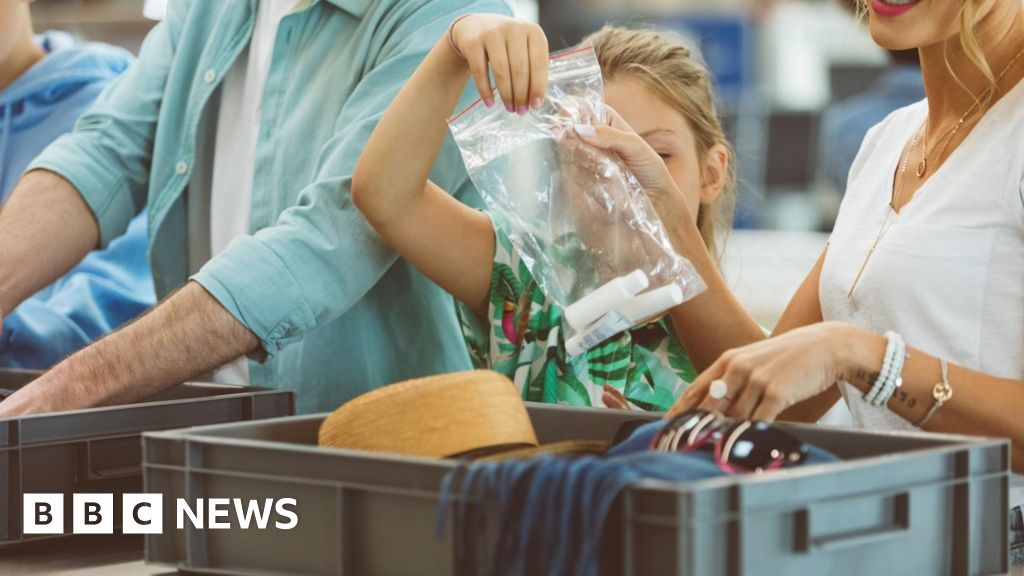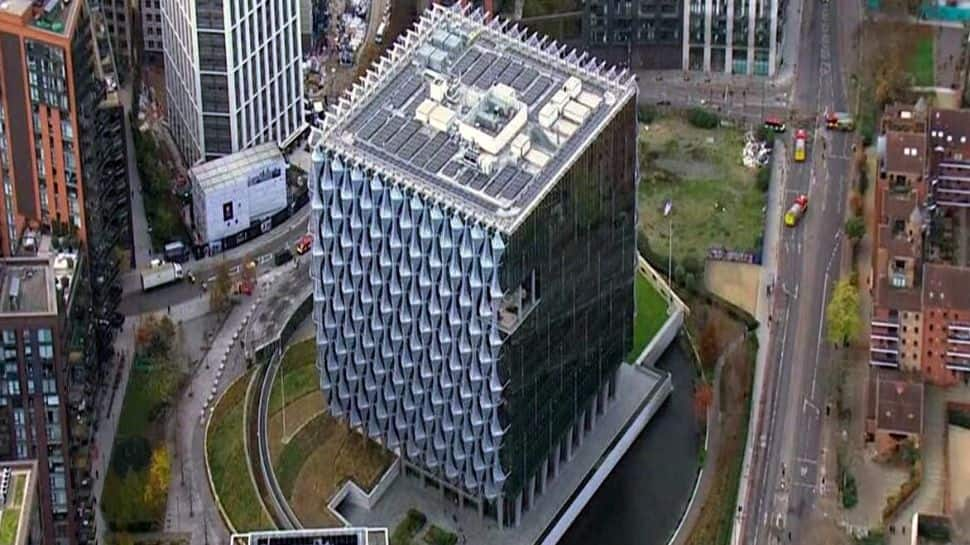Travel
100ml liquid rule reintroduced at some regional UK airports

Restrictions on carrying liquids over 100ml in hand luggage are being temporarily reintroduced at some regional airports in the UK.
The change will apply from 00:01 BST on Sunday 9 June 2024 and will affect passengers at Newcastle, Leeds Bradford, London City, Aberdeen, Southend and Teesside airports.
All of the airports affected have Next Generation Security Checkpoints (NGSC) in full operation and had scrapped the 100ml liquid rules after introducing the high-tech CT scanners.
The Department for Transport said reintroducing restrictions would “enable further improvements to be made to the new checkpoint systems” and was not in response to a specific threat.
Bristol Airport was scheduled to scrap the 100ml limit on liquids being allowed in carry-on baggage from 14 June. However, that will now be delayed.
“There remains a 100ml max rule for each liquid taken in hand luggage,” said a spokesperson for Bristol Airport.
Most UK airports, including London Gatwick, Heathrow and Manchester, still have the restrictions on liquids in place as their new scanners are not yet in place.
The six smaller airports affected warned passengers to pack liquids into hold luggage wherever possible to avoid delays going through security.
Liquids, including aerosols and gels, carried in hand luggage should not exceed 100ml.
A Newcastle International Airport spokesperson said the airport was working to “keep disruption to a minimum”.
Transport Secretary Mark Harper advised passengers to check airport websites for specific rules before travelling.
“For most passengers actually the rules haven’t changed at all yet, and won’t therefore change tonight,” he told BBC Breakfast.
He said the reintroduction of restrictions was to allow “changes” to be made to the scanning equipment.
“It’s a temporary measure and we’ll set out when that can be reversed in due course,” he said.
The government originally told all UK airports to upgrade to the new scanners by 2022, but the deadline was later moved to 1 June 2024. Major airports were subsequently allowed to miss the 1 June roll-out date.
For some airports, the new scanners, which are bigger and heavier than older versions, required physical changes to security areas and in some cases even the reinforcement of floors.
The six smaller airports had met the deadline and removed the 100ml rule.
Teesside Airport said it was “proud” to have been the first UK airport to drop the 100ml limit after significant investment in the new technologies.
A spokesman said it meant passengers had a smoother journey, but added: “We recognise and respect the announcement made by the Department for Transport and will fully comply with all requirements.
“We hope this nationwide issue is resolved as quickly as possible,” they said.
Birmingham Airport had already upgraded to the new equipment, but has had to keep the 100ml rule – although passengers don’t have to remove liquids up to 100ml from hand luggage when going through security. It puts this down to “an outstanding regulatory approval on its new screening machines”.
Airports that missed the installation deadline have been able to apply individually for extension, which could mean passengers may have to deal with the restrictions until June 2025.
The DfT previously said that the Civil Aviation Authority would impose financial penalties on airports that kept missing deadlines.
Back in January, consumer group Which? warned that extending the restrictions could cause confusion during the summer holidays.
The rules requiring liquids to be taken through security, in containers of 100ml or less in a clear plastic bag, were introduced in 2006 after a plot to bomb a transatlantic flight was foiled.
The new scanners use CT X-ray technology to provide 3D images, so items can be left inside bags and liquids up to two litres will be permitted.
Airports have been hit by supply chain issues and faced major construction work to install the scanners.
The X-ray machines, similar to CT scanners used in hospitals, are very heavy and in some instances, floors will need to be reinforced.










